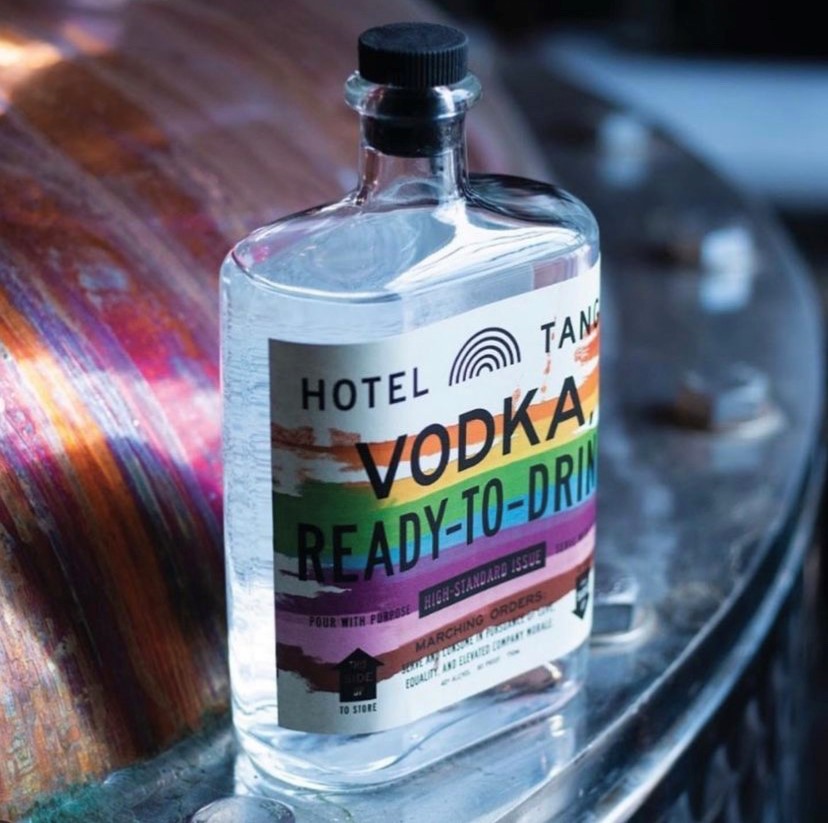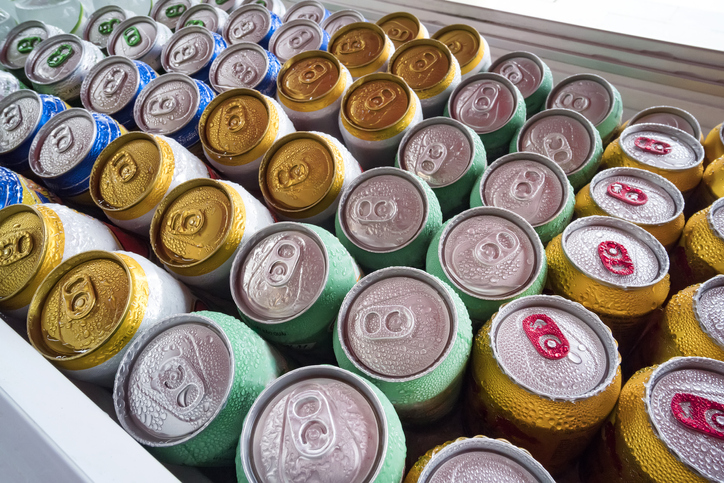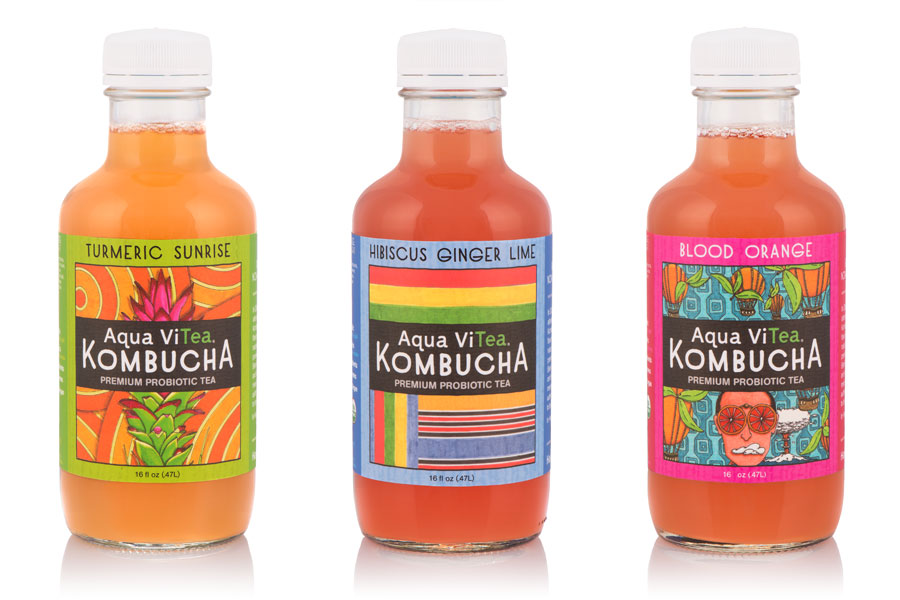3 Food Safety Labeling Considerations
- compliance
- FDA
Food safety is serious business, and packaging plays a pivotal role in protecting the consumers. While good food labels won’t prevent a product from spoiling, it can provide consumers with information to protect themselves from potentially harmful factors.
Some food safety measures are required by law, which means taking certain precautions with your labels can not only protect your consumers, but also your wallet and reputation. Here are three food safety concerns you should consider for your labels.
Specifications for Meat, Poultry, and Egg Products
You need to be careful with the language you use on labels meant for meat, poultry, and egg products. The United States Department of Agriculture (USDA) is very particular about certain descriptions that you may use on your labels, such as fresh poultry versus frozen, claims of “no hormones,” and other identifiers.
Fortunately, the USDA’s Food Safety and Inspection Service (FSIS) offers a glossary of labeling terms and what it takes for you to legally use them. These guidelines can range from the temperatures of certain products to the process by which the meat, poultry, or eggs are prepared. Some terms, such as “chemical free” are not allowed at all.
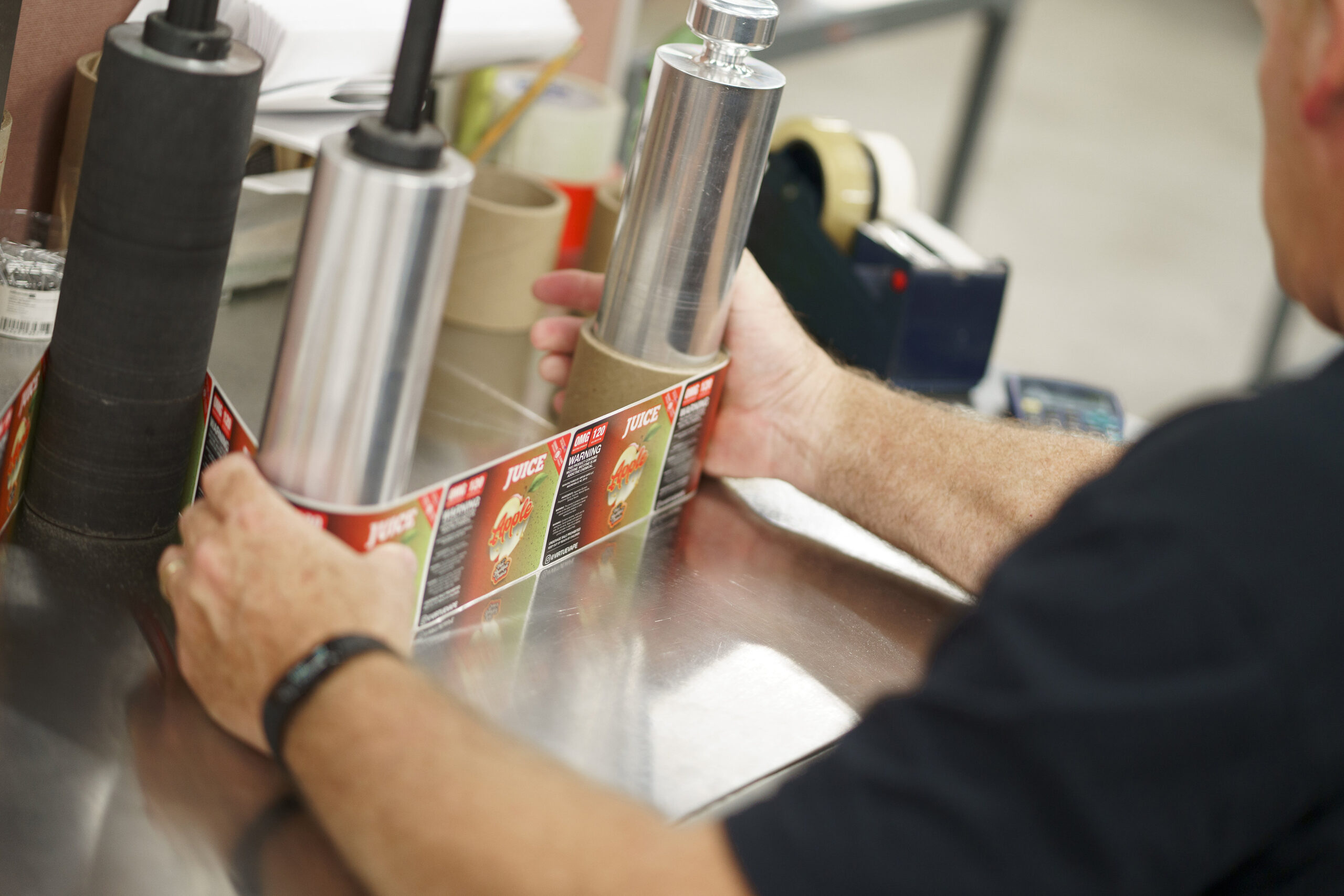
Identify Food Allergens
The Food Allergen Labeling and Consumer Protection Act (FALCPA) of 2004 placed an emphasis on proper labeling for food allergens. According to the FDA, a group of eight allergens, which the FALCPA call “major food allergens,” account for at least 90 percent of all food allergies:
- Milk
- Eggs
- Peanuts
- Tree nuts (such as almonds, cashews, walnuts)
- Fish (such as bass, cod, flounder)
- Shellfish (such as crab, lobster, shrimp)
- Soy
- Wheat
If your packaged food product contains one of these allergens in any form, such as an ingredient, flavoring, coloring, or any incidental additive, you’re going to need to make sure your label reflects that. According to FALCPA, you can call out allergens on your labels in one of three different ways.
- Include it in the ingredient list while using the allergen’s common name
- Add the less common form of the allergen in the ingredient list and add the major allergen type in parentheses, such as “albumin (egg)”
- Add a line that begins with the word “Contains” followed by the name of the allergen, such as “Contains eggs, milk”
As with any violation of federal law, a failure to list major food allergens can result in some major consequences. The FDA can pursue legal action against any offending companies and even seize packaged food products that aren’t compliant with labeling regulations. Long story short, make sure your food labels properly list any allergens to protect your business and your customers.
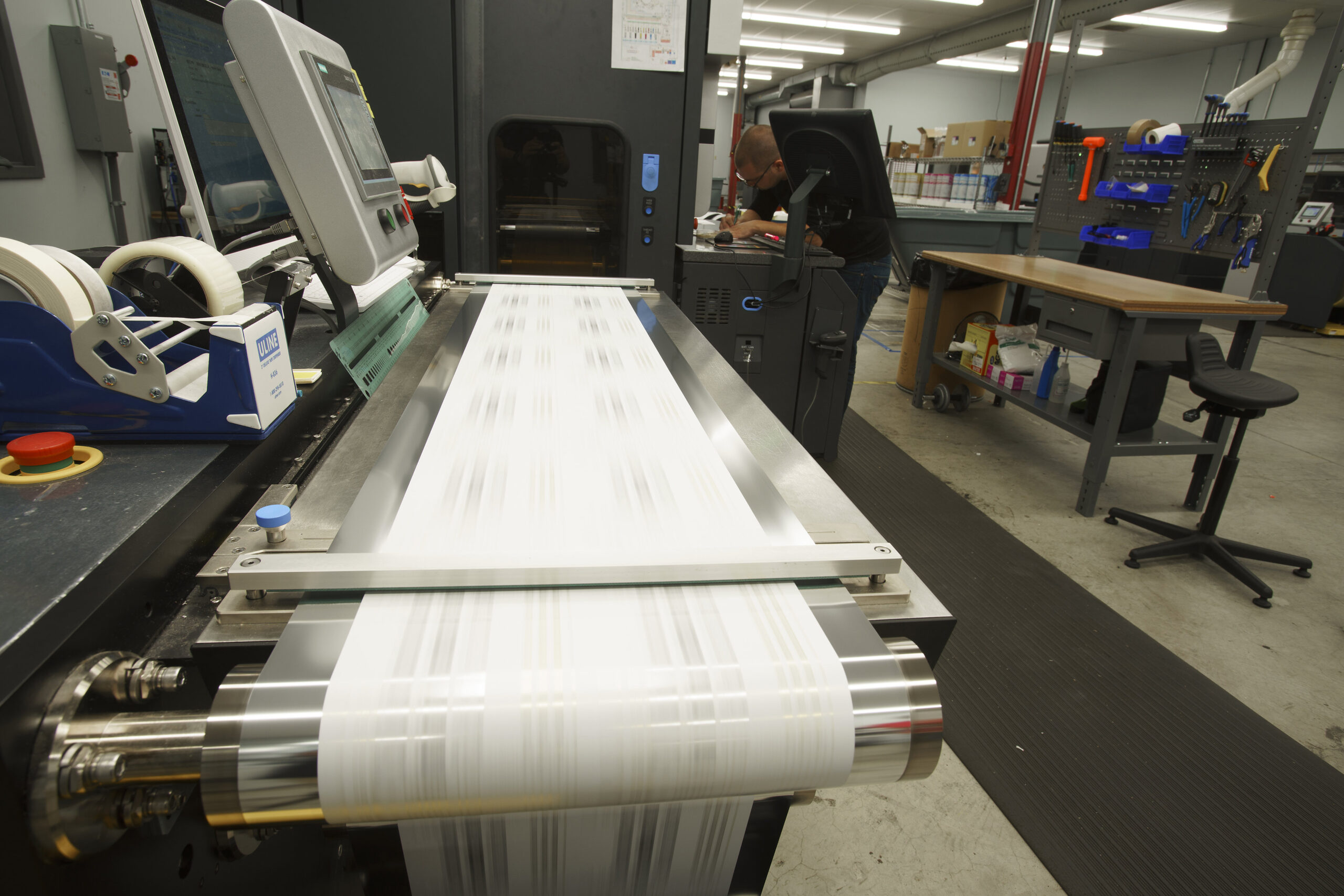
Proper Food Dating
“Best by” and “sell by” dates are a common sight on food labels, but aside from infant formula, there are no federal regulations that require product dating. The FDA views dates as an indicator of product quality and have made efforts to move away from the usage of “best by” and “sell by” on labels.
According to the FDA, between 30 and 40 percent of food in the United States goes uneaten, which is partially caused by consumers confusing food product dating with safety concerns instead of quality. This miscommunication has led FSIS to recommend that food products use a “best if used by” date. However, the addition of this date is voluntary. If you do decide to include a date you also must include a phrase that explains what “best if used by” means to communicate that the date is a quality standard and not a safety indicator.
Quality Food Labels for Quality Products
Food safety is a big priority, and so is branding. The right food safety label needs to include all the proper information for your product, attract customers to buy your food, and do so while dealing with scratches, condensation, and any other potential hazards for your food packaging labels.
Fortunately, a good digital label printing company can help you accomplish all three goals. At Blue Label Packaging Company, we have the technology and expertise to create the product labels made specifically for your needs. Contact us today to talk to one of our experts about your next food label project.
